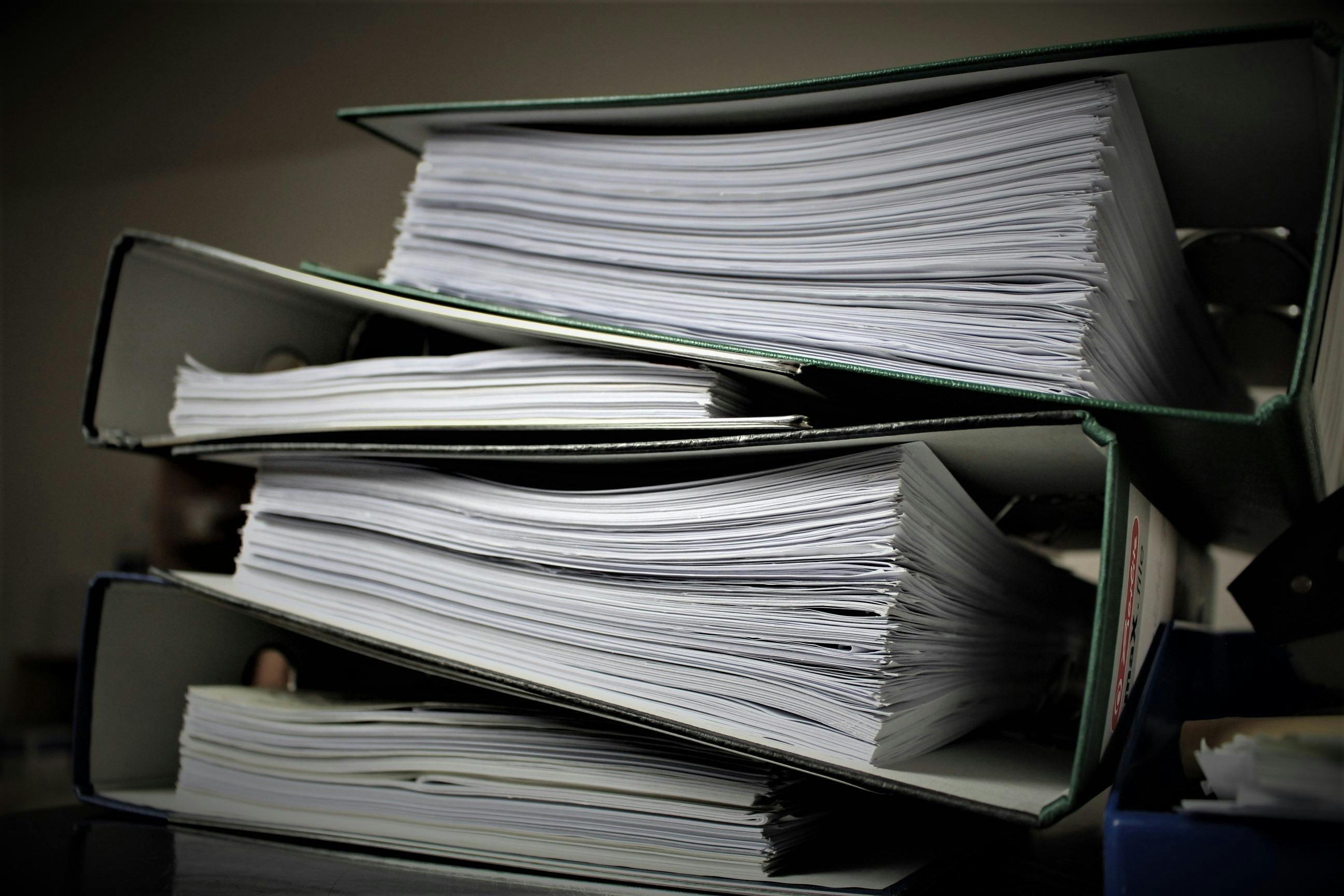
Well-Led (Strong Leadership & Governance)
Control Of Substances Hazardous To Health (COSHH) Policy
Control Of Substances Hazadous To Health (COSHH) Policy
HAUS OF ÄSTHETIK
Well-Led (Strong Leadership & Governance)
DATE OF IMPLEMENTATION: 1ST APRIL 2025
REVIEW DATE: 1ST APRIL 2026
VERSION NUMBER: 1.2
INTRODUCTION This policy ensures compliance with the Control of Substances Hazardous to Health Regulations (COSHH) 2002, the Health and Safety at Work Act 1974, and aligns with the standards set by the Care Quality Commission (CQC), Save Face, and the Health and Safety Executive (HSE). HAUS OF ÄSTHETIK is committed to ensuring that hazardous substances are handled, stored, and disposed of safely, minimising risks to staff, patients, and visitors.
The designated individual responsible for COSHH compliance is the Managing Director, who oversees risk assessments, staff training, policy updates, and incident management.
STORAGE AND HANDLING OF HAZARDOUS SUBSTANCES All hazardous substances must be stored in compliance with HSE regulations to prevent accidental exposure, contamination, or environmental harm.
-
Cleaning products are stored under the sink behind reception, kept in a closed and clearly labelled container.
-
Clinical waste is securely stored in a locked bin supplied by SharpSmart, placed in the designated locked bin area at Portland Square.
-
Sharps containers are stored in the clinic room, collected and exchanged by SharpSmart in accordance with UK clinical waste regulations.
-
Chemical products, including paints, are stored in the locked cupboard at the bottom of the stairs with the electrical meters.
All hazardous substances must be kept in their original containers with safety data sheets (SDS) readily accessible for reference. No hazardous substances should be transferred into unlabelled or non-approved storage containers.
SUBSTANCES COVERED UNDER COSHH HAUS OF ÄSTHETIK uses the following substances that require COSHH control:
-
Disinfectants and cleaning agents (used for treatment areas, floors, and clinical equipment)
-
Sharps waste (needles, syringes, and scalpels used for injectable and minor procedures)
-
Medical waste (including blood-contaminated materials and non-sharps biohazard waste)
-
Injectable waste (expired medications, dermal fillers, toxins, and any unused biological material)
DISPOSAL PROCEDURES To comply with environmental health and safety legislation, all hazardous waste must be disposed of according to government and MHRA guidelines:
-
Clinical waste is collected and disposed of by SharpSmart, ensuring compliance with hazardous waste disposal regulations.
-
Sharps bins must be disposed of as per the Department of Health guidelines; they must never be overfilled past the designated line.
-
Expired medications must be opened and disposed of in a sharps container, preventing reuse or accidental administration.
-
Cleaning waste that does not contain hazardous substances can be disposed of in general waste, while chemical spills must be neutralised and handled separately.
EMERGENCY PROCEDURES FOR SPILLAGES AND EXPOSURE In the event of a spillage, exposure, or contamination, the following steps must be followed:
-
Chemical Spillage:
-
Evacuate the immediate area if fumes or strong odours are present.
-
Wear appropriate PPE (gloves, apron, and eye protection).
-
Contain the spill with absorbent materials and use designated spill kits.
-
Dispose of contaminated materials in clinical waste bins.
-
Report the incident to the Managing Director.
-
-
Sharps Injury:
-
Encourage bleeding from the wound and wash with soap and water.
-
Do not suck the wound.
-
Cover with a sterile dressing and seek medical advice.
-
Report the incident immediately and complete an Accident Report Form.
-
-
Skin or Eye Exposure to Chemicals:
-
Rinse the affected area with clean, lukewarm running water for at least 10 minutes.
-
Avoid rubbing or touching the affected area.
-
Seek medical attention if irritation persists.
-
Document the incident and update risk assessments if required.
-
PERSONAL PROTECTIVE EQUIPMENT (PPE) To minimise exposure risks, all staff must wear appropriate PPE based on the task being performed:
-
For clinical procedures: Gloves, gowns, masks, and eye protection where necessary.
-
For cleaning procedures:
-
Disposable gloves (nitrile or latex-free where necessary)
-
Disposable aprons
-
Eye protection for handling chemical cleaning agents or bodily fluid spills
-
Face masks when handling strong disinfectants or airborne particles
-
PPE must be disposed of in accordance with clinical waste disposal regulations.
COSHH TRAINING AND RISK ASSESSMENTS To ensure compliance and staff safety, the following training and risk assessment procedures are in place:
-
COSHH and Health & Safety training must be completed by all new staff members (employees and freelancers) upon joining the clinic.
-
Annual refresher training is mandatory for all employees handling hazardous substances.
-
COSHH risk assessments must be conducted before introducing any new hazardous substances to the clinic.
-
Safety Data Sheets (SDS) for all substances must be easily accessible in a designated folder.
-
All risk assessments must be reviewed annually and updated when new substances are introduced.
RISK ASSESSMENT PROCEDURE A COSHH risk assessment is required for each hazardous substance before use. The assessment must include:
-
Identification of the substance and its hazards
-
Evaluation of exposure risks for staff, patients, and visitors
-
Implementation of control measures (e.g., ventilation, PPE, storage guidelines)
-
Procedures for spill containment and emergency response
-
Safe disposal methods and compliance with hazardous waste guidelines
COMPLIANCE AND POLICY REVIEW To ensure continuous compliance:
-
This policy will be reviewed annually and updated according to regulatory changes.
-
A designated Health & Safety Officer (Managing Director) will oversee COSHH compliance.
-
Internal audits and inspections will be conducted to monitor adherence to safety standards.
-
All changes in COSHH regulations will be communicated to staff to ensure continued best practices.
HAUS OF ÄSTHETIK is committed to maintaining a safe working environment by ensuring that all hazardous substances are handled, stored, and disposed of in strict compliance with UK legislation and health regulations.
